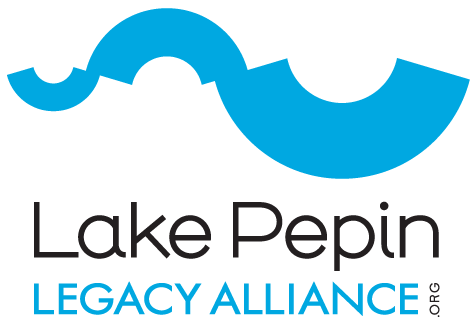Earlier this spring, our soils were 'in the trenches' as they faced one of their most critical moments of the year, determining the health of our waters. Bare fields (sometimes with applied manure) still waiting for seeds to sprout are vulnerable to heavy rain events.
The pounding of water droplets on the soil can strip sediment and wick manure and pesticides directly into fisheries and drinking water sources.
Since as early as the 1930s, the federal government has incentivized farmers (via the Farm Bill) to drain their fields during spring rains. This allows famers to plant as early as possible and maximize production. And actually, more drainage can mean less surface runoff on the field. Drainage projects, like tiling or burying permeable pipes in fields, change the dynamics of the water table. With this infrastructure, water is accelerated through the soils into our ditches, tributaries, and mainstem river systems, with a comfy (but unwanted) place for the upstream pollution to settle:
The Widening of the Mississippi River at Lake Pepin
Where the Flow Slows Down
And Particulate Matter
Can Finally Rest
On Growing Silty Islands
In Minnesota, we have lost roughly 10 million acres of wetlands, and much of this land is now being farmed in the dominant corn/bean system, adding sources of nutrients to the Lake Pepin watershed. Ironically, wetlands are the best filters for nitrogen, phosphorus, and sediments that exist in our toolbox of natural protections.
Wetlands are shallow, biologically active native ecosystems that are also highly stable storage of climate-warming gasses. Dead organic material stays preserved in their basic chemistry acting like giant climate cooling batteries, holding and preserving atmospheric chemistry as long as they stay undisturbed. In this state they can provide home to the most diverse ecosystems in the world - migratory stopovers and nesting, insect nurseries, and super nutrient-dense food and forage for every kingdom.
Wetlands' soft, slow, and old ways buffer the land and shores from highs and lows, storms and floods, sediments, and Agri-toxins.
Each spring a new docket of drainage system proposals are considered by counties and state departments overseeing agricultural land use. For example, a landowner can apply for a modification to increase the pipe size in their drainage system to prevent water-logged fields. These projects avoid certain restrictions by re-classifying waterways under a less protected status.
Three “improvement” projects are being proposed on tributaries to the Minnesota River (the largest contributor of sediment, nitrogen, and phosphorus to Lake Pepin) and within the most erosive corridor of that watershed.
Blue Earth County JD 33,
Faribault County Ditch 26 Lateral 1
Watonwan County Ditch11
Local groups in the Minnesota River watershed are more actively watching these drainage improvement project proposals because of their cumulative impact downstream. Meanwhile, farmers can use predictive tools (provided by state agencies) to optimize and protect their neighbor’s water by planning their fieldwork around and between large rainstorms.
Constructed wetlands are a cost-efficient, long-term, highly effective tool to reduce nutrients exiting fields that could otherwise affect local waterways. They work with tiled lands as a buffer to watersheds. A relatively small wetland, around 6% of the tile-drained agricultrual area, can reduce nitrogen by nearly 50%. If applied at scale, this approach could help address excess nutrients from farms throughout the Midwest. These types of wetlands are one of many "edge of field" and in-field practices and a mechanism farmers can deploy to support conservation.
How we treat the land is how we treat out water - the systems are one.

